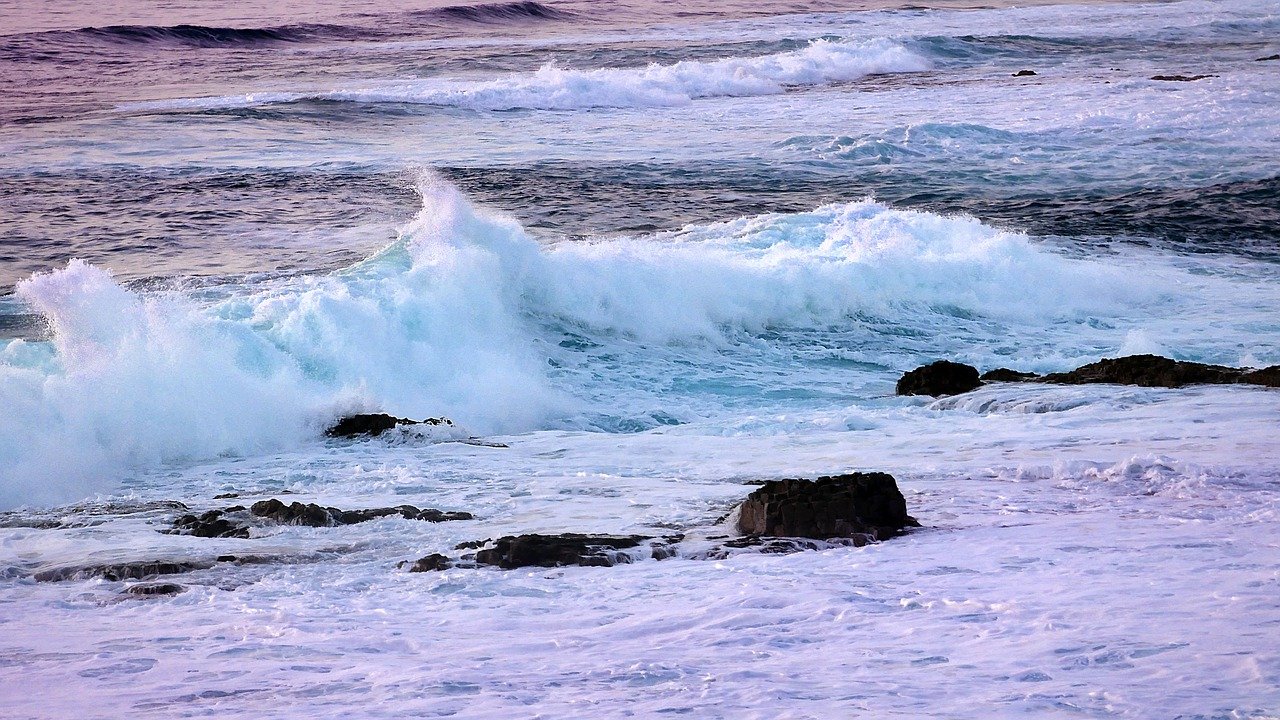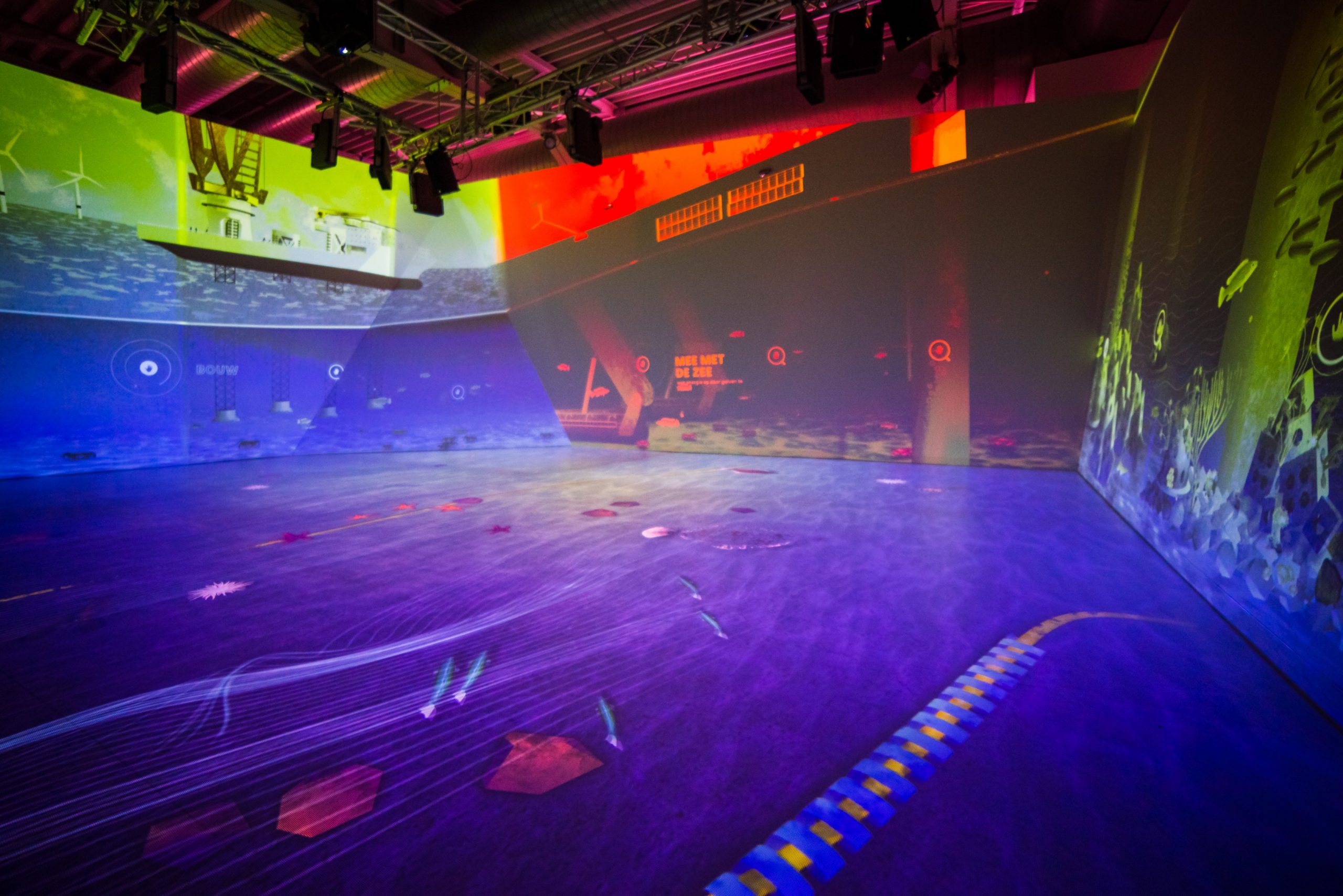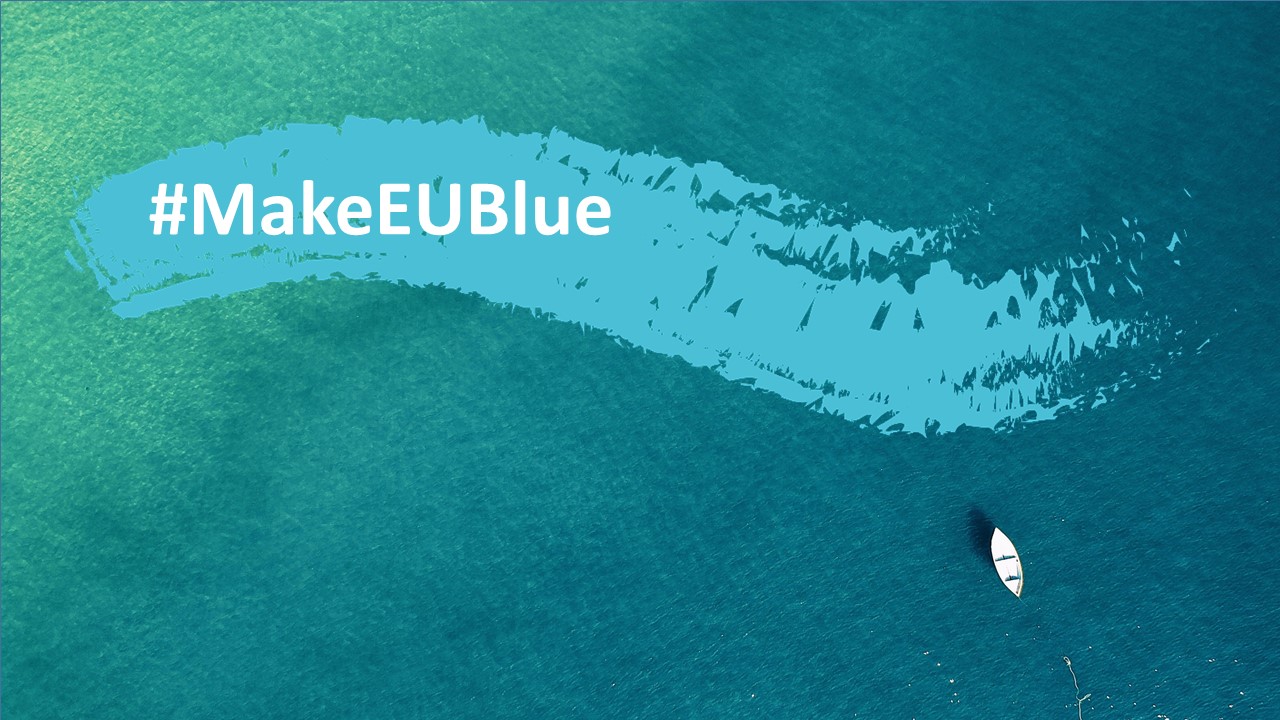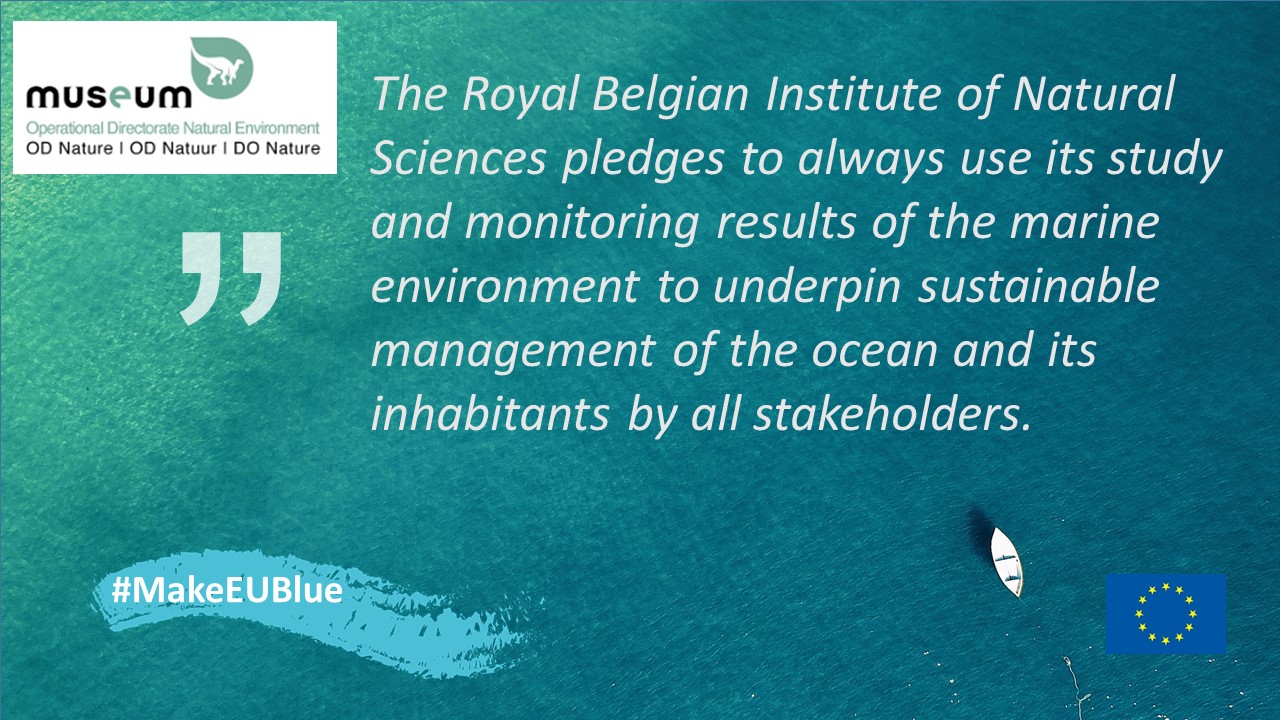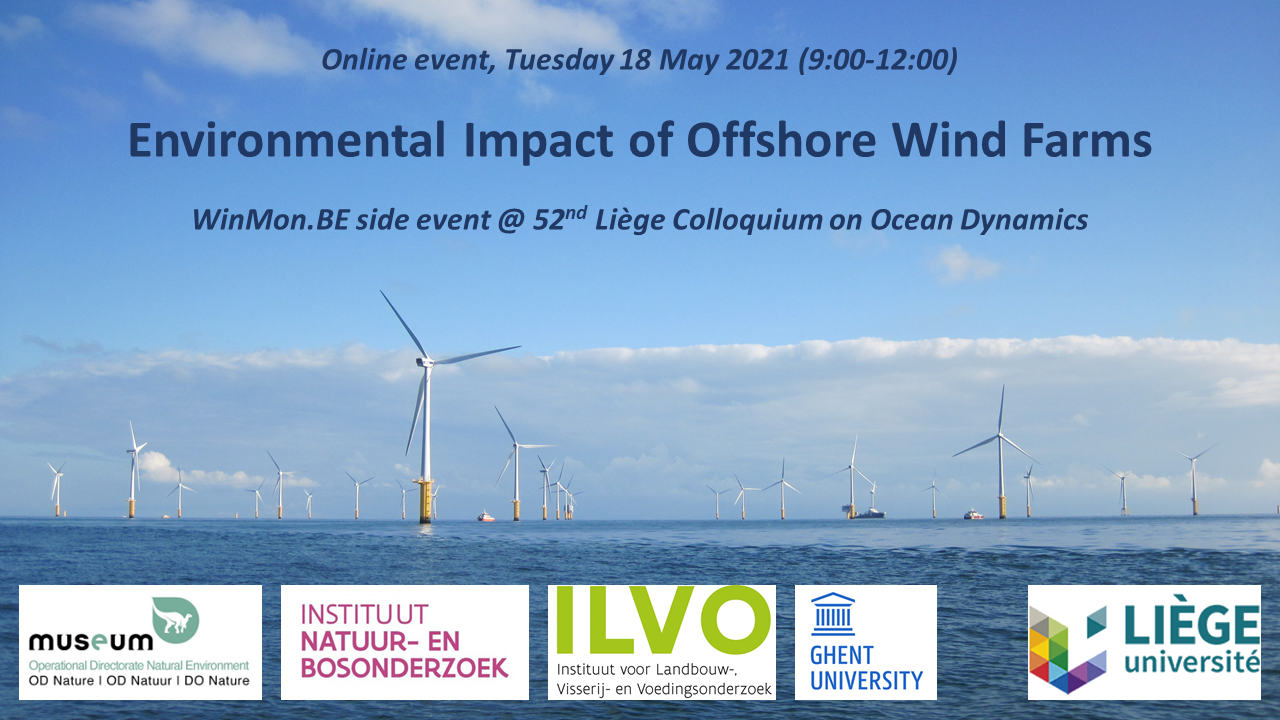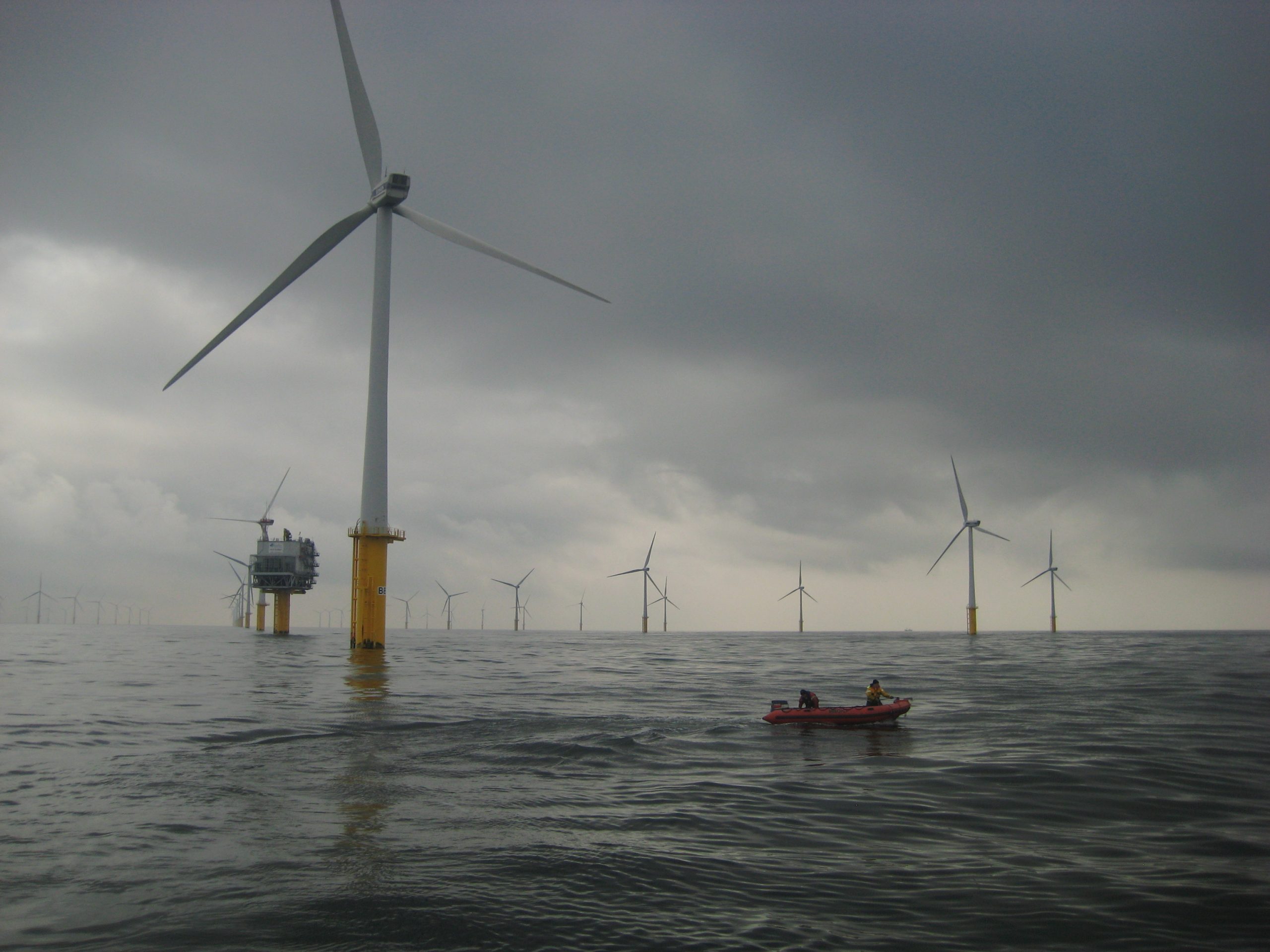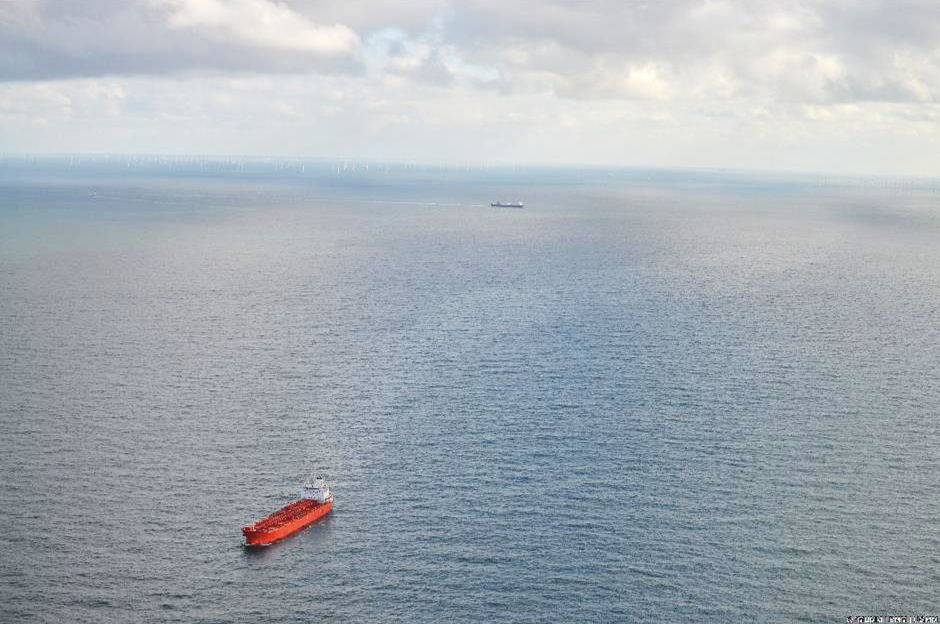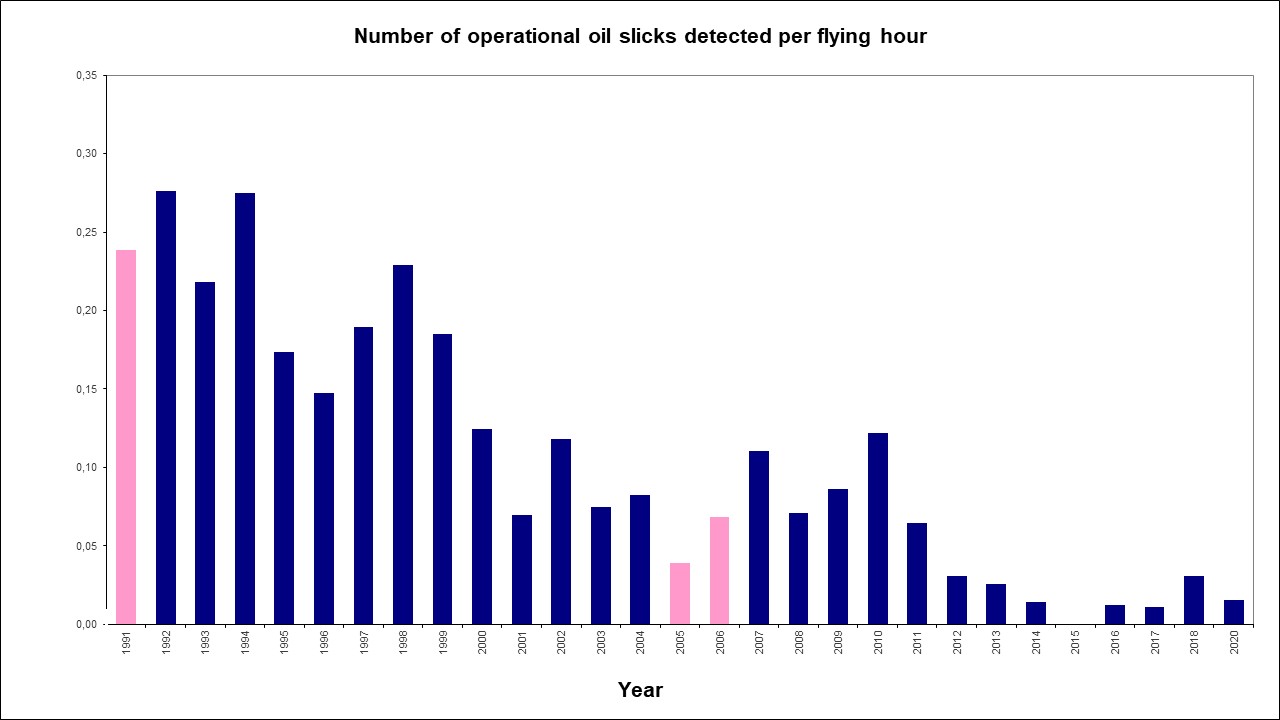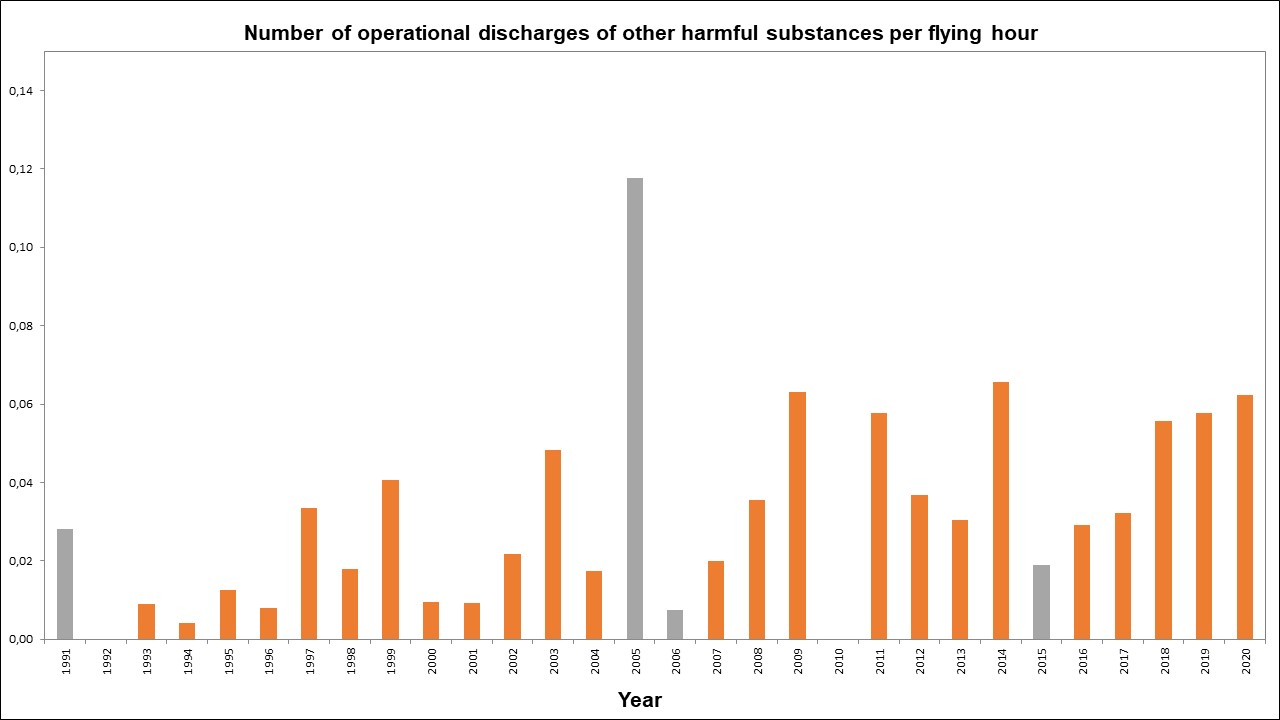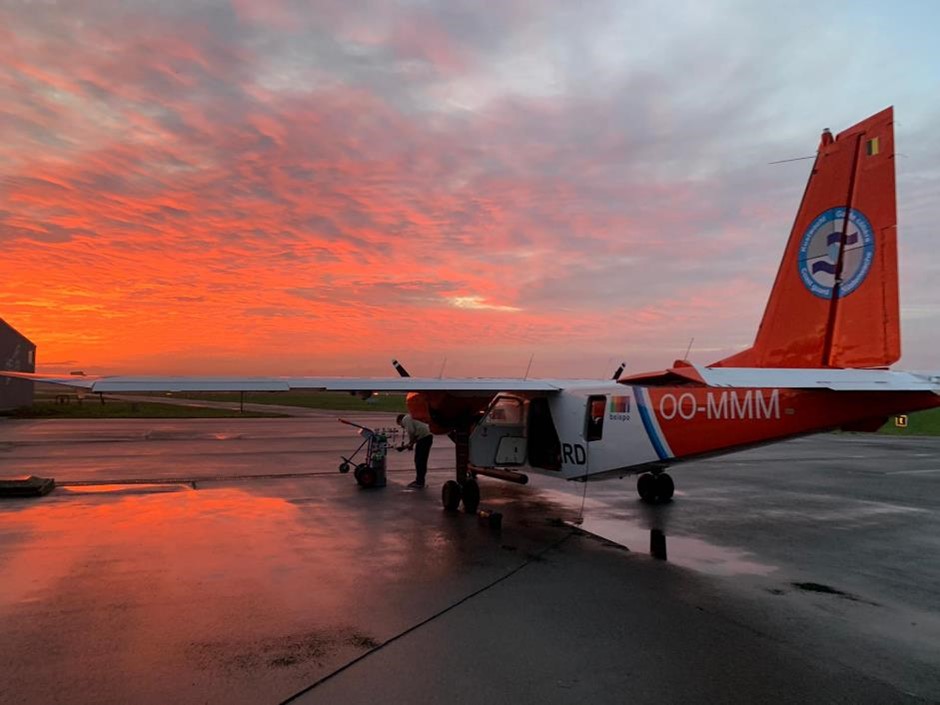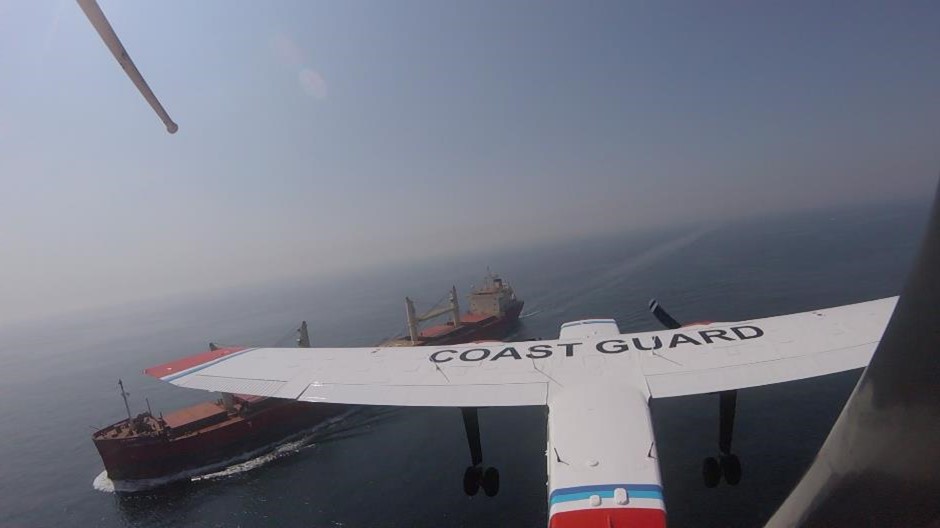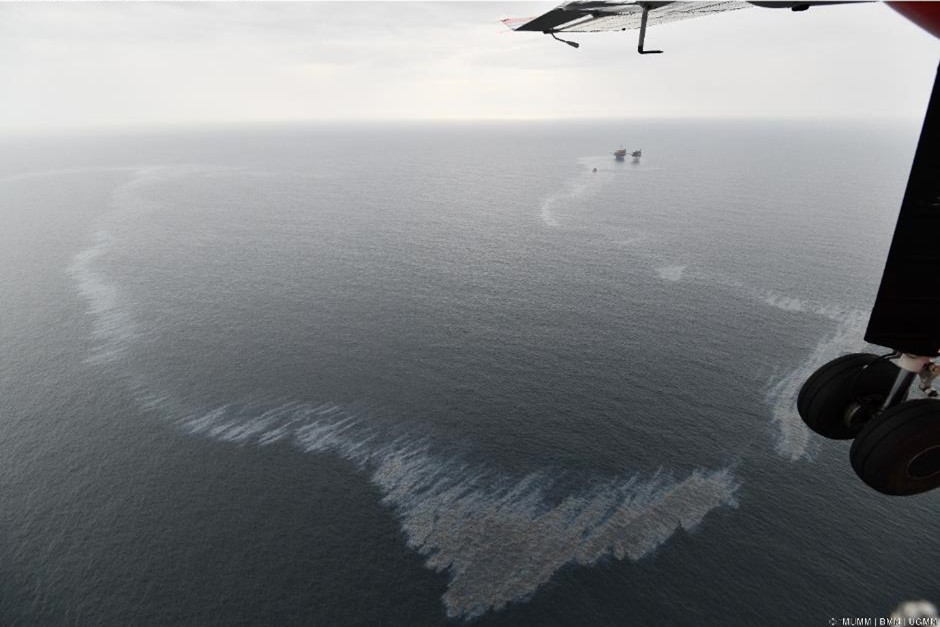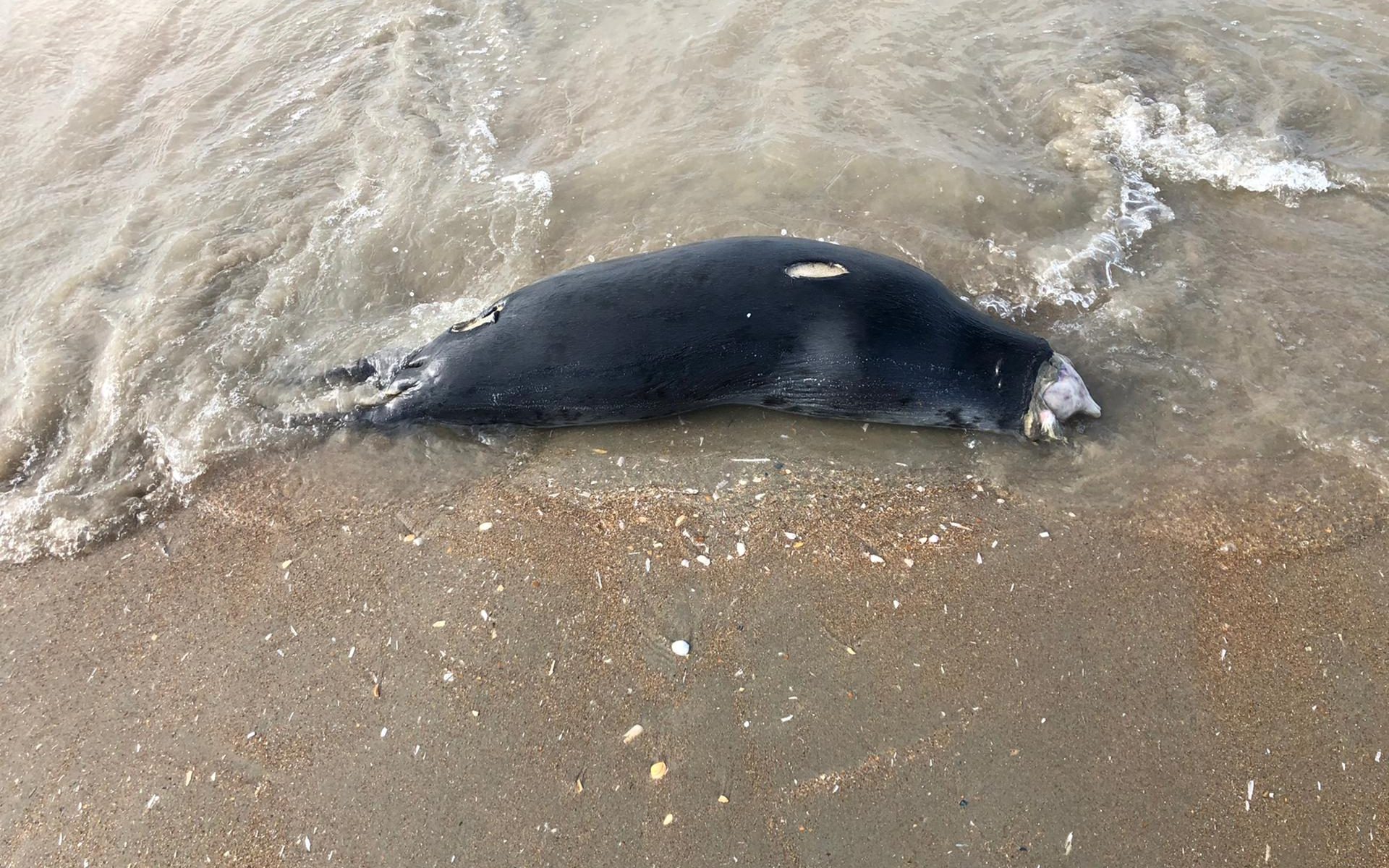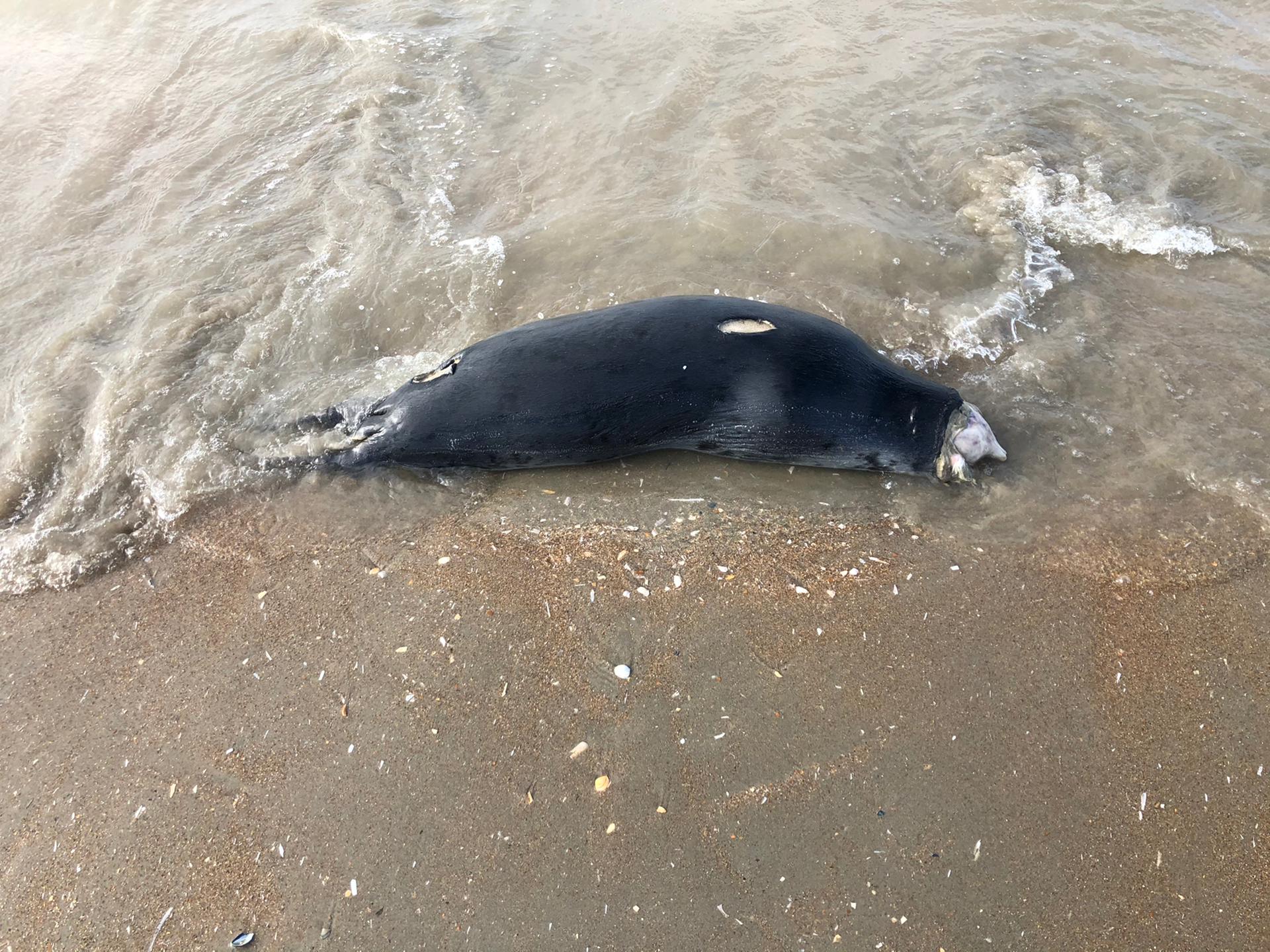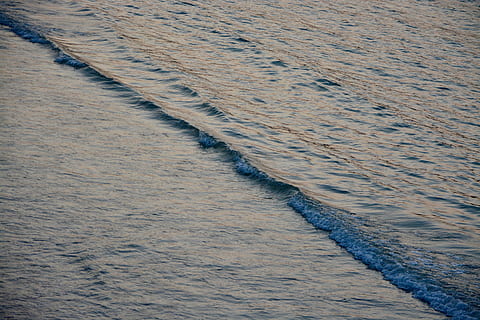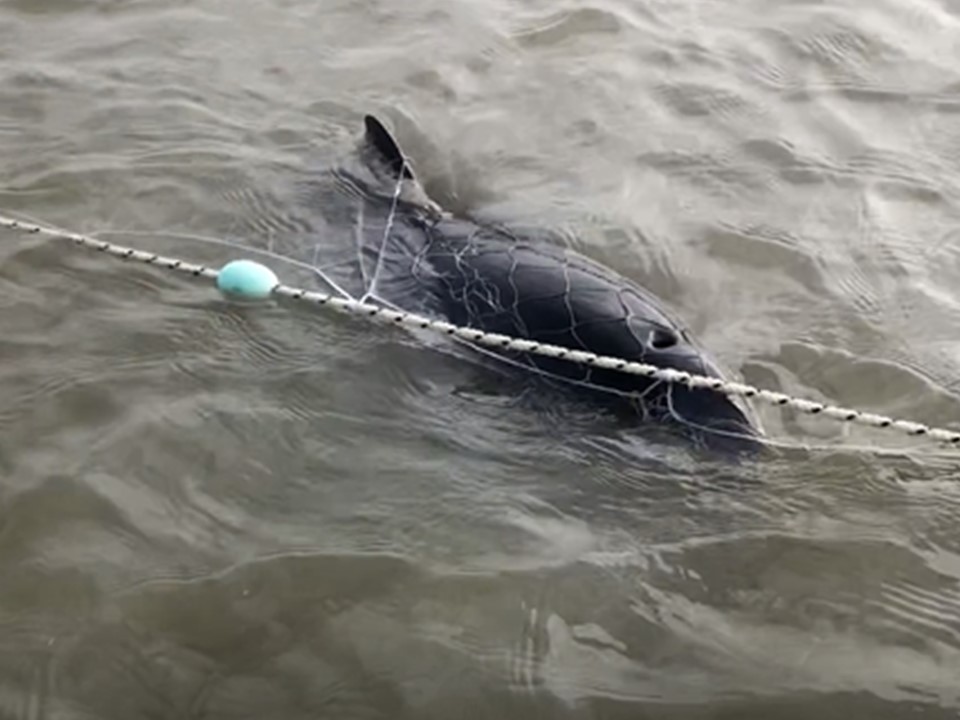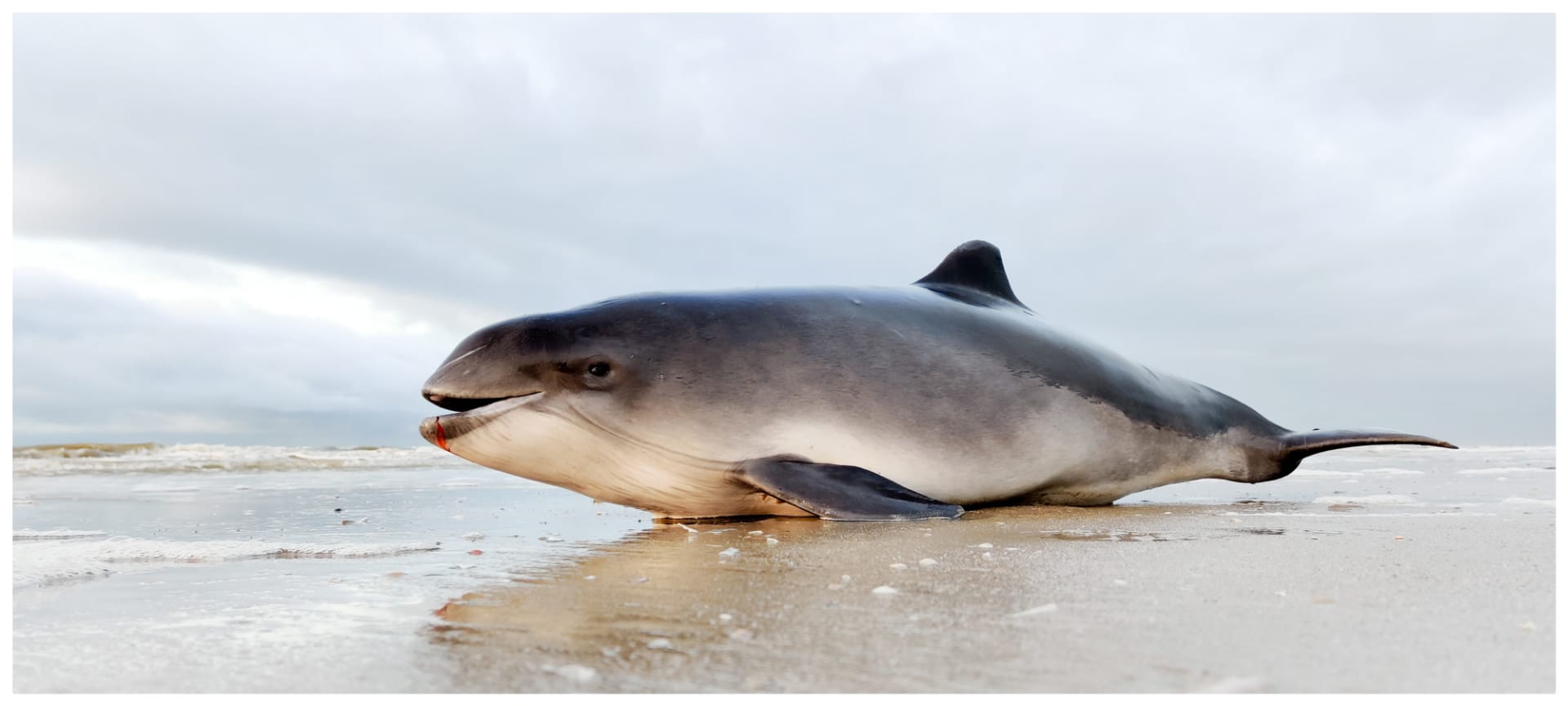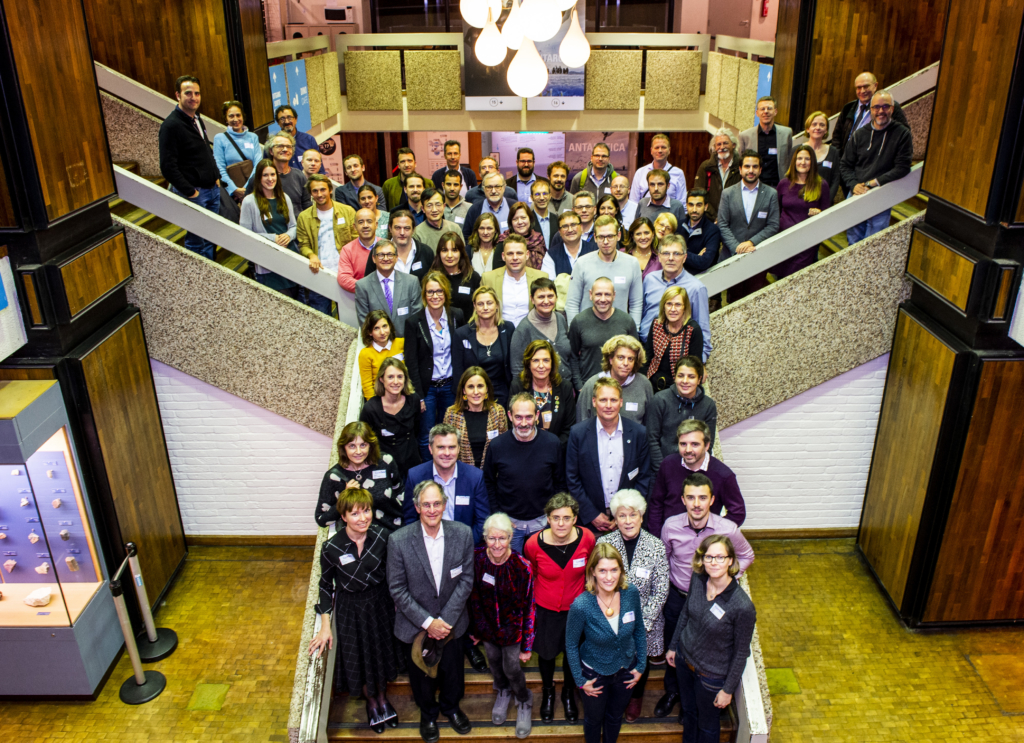On 26 February, two Bottlenose dolphins accompanied scientists during an entire dive near the Westhinder measuring platform in the south-western part of the Belgian North Sea. Such social behaviour is known from solitary dolphins, including a Bottlenose dolphin that has been in this area for a long time, but is rather exceptional for a pair. The divers took advantage of the opportunity to shoot some beautiful images. Bottlenose dolphins seem to have become more common in Belgian marine waters in recent years. However, more recreation at sea, the growing ease with which images can be taken and the frequent sharing of information on social media also play a role in this perception.
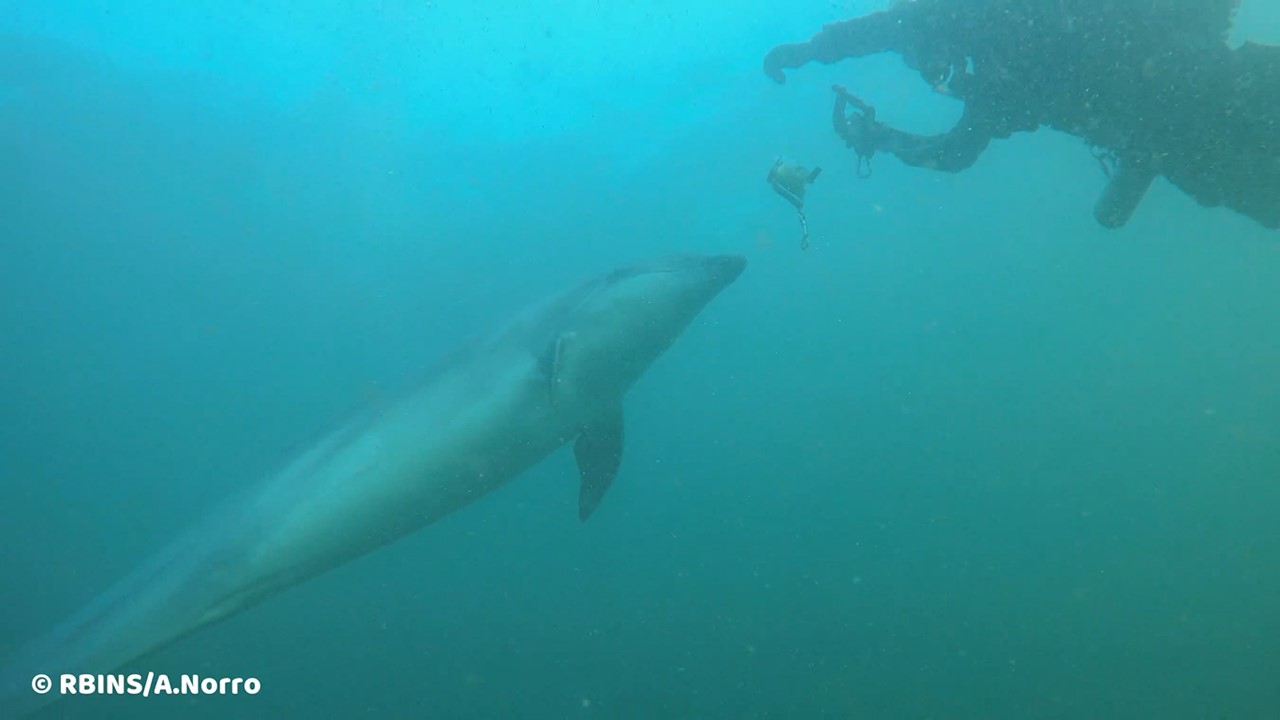
On Friday 26 February 2021, scientific divers Alain Norro of the Royal Belgian Institute of Natural Sciences (RBINS), Sven Van Haelst of the Flanders Marine Institute (VLIZ) and Marc Van Espen (RBINS volunteer) received an underwater visit from two Bottlenose dolphins (Tursiops truncatus). The encounter took place near the Westhinder measuring platform in the southwestern part of the Belgian part of the North Sea. Sven also saw the dolphins three days earlier in this area, but then they kept their distance. Now, however, they sought out the divers from nearby, and Alain and Sven seized the opportunity to shoot some unique images. E. Vermeire was also able to add video material from the Ephyra.
Watch a nice compilation of the images here (©KBIN/VLIZ/Ephyra).
Following this event, we list a few facts and uncertainties about Bottlenose dolphins in Belgian waters.
Bottlenose Dolphins in the North Sea and in Belgium
The Bottlenose dolphin may be considered part of the North Sea fauna, with established populations along the Normandy and Breton coasts (English Channel; approx. 400 specimens), and along the North Sea coast of England and especially Scotland (max. 150). There used to be a permanent population along the Belgian and Dutch coasts until half a century ago. The international agreement ASCOBANS (Agreement on the Conservation of Small Cetaceans of the Baltic, North East Atlantic, Irish and North Seas), in which the RBINS represents Belgium, estimates the total European Atlantic population (including the North Sea) of coastal Bottlenose dolphins at 2000 individuals. No reliable estimates are available for the Bottlenose dolphins living in oceanic Atlantic waters.
For a long time, the species seemed to be a rare occurrence in the Belgian waters. Since the turn of the century, often only a few sightings per year were recorded, and in some years none at all. Groups were even rarer, and the same can be said about long-term residents (e.g. August-November 2010 near Ostend, September 2014 near Knokke). From 2015 onwards, however, we see a change and Bottlenose dolphins are reported more frequently in Belgium. A dozen observations per year is no longer exceptional, and both groups and solitary specimens are found. The latter category includes a Bottlenose dolphin which has been regularly sighted for extended periods (months at a time) along the Belgian-French sea border since 2015, in the same area where the encounter of 26 February took place. More details on the occurrence of Bottlenose dolphins in Belgian waters can be consulted in the annual marine mammal reports of the RBINS (published since 2014).
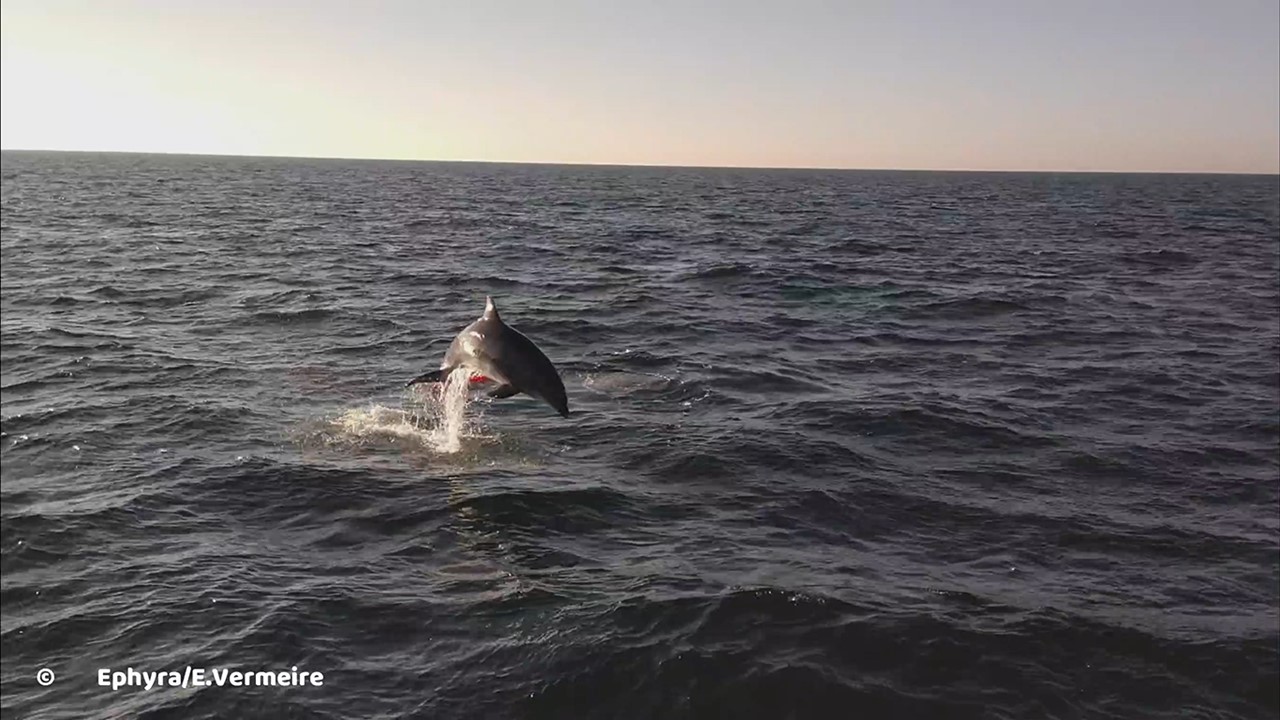
Origin and Explanations for the Increasing Number of Observations
Animals which appear in our waters most probably originate from the Normano-Breton population or from the population of the east coast of Scotland. Cases of Bottlenose dolphins seen in Dutch waters could be linked to both populations by specific characteristics (e.g. scarring or damage to fins).
The population trend of the Bottlenose dolphin in the North Sea area and the Atlantic Ocean is not accurately known. It is therefore difficult to estimate the extent to which the recently increased number of Belgian reports is related to this. However, it is certain that different sightings sometimes refer to the same long-staying dolphin and therefore do not indicate an increase in numbers. Furthermore, marine biologists are now collecting data using a wider range of research techniques : dolphins and other marine mammals are no longer counted during expeditions with scientific vessels only, but are also documented by aerial counts and underwater acoustic monitoring. It is also noticeable that observations by non-scientists flow through better to the scientific databases (marinemammals.be, waarnemingen.be/ observations.be). Amongst others, the frequent sharing on social media leads to the fact that encounters with dolphins come to the attention of scientists more often. An increasing presence of recreational users at sea and the growing ease with which photos and film images can be taken may also play a role.
Reflections on Social Behaviour
Bottlenose dolphins, both solitary and in groups, are curious and playful animals. They like to approach ships and regularly swim along, often in the bow wave. Whether they also gain a biological advantage from this, we do not yet fully understand. However, true social behaviour towards humans is usually only seen in solitary animals. There are four stages of behaviour: in stage 1 the animal settles in a certain area but does not approach people ; in stage 2 it follows vessels, examines ropes and shows interest in people in the water (but keeps its distance) ; in stage 3 it accepts and seeks contact, and in stage 4 it may show aggressive, dominant or even sexual behaviour (although people usually interpret this as overly friendly behaviour).
The solitary Bottlenose dolphins that have been present in Belgian waters in recent years can be classified in stages 1 and 2, which means that at most they seek out and follow people. The latter also applies to the Bottlenose dolphin from the Westhinder area, which has previously followed divers during their descent to the seafloor or stayed with them during deco stops. The fact that the divers could count on the interest of two Bottlenose dolphins on 26 February can be called exceptional. Based on certain characteristics, it is suspected that one of the animals was the known long-dwelling animal that now apparently found company.
The occurrence of solitary Bottlenose dolphins in the southern part of the North Sea is possibly the result of the decimation of the historical populations. Animals that are expelled from a group, or leave the group, have a hard time finding other groups to join in the vicinity because those groups simply do not exist anymore. There are a number of theories as to the cause of animals becoming social towards humans. It is possible that it concerns animals that have been through a trauma, or that have never socially adapted within the group of their own kind. In this sense, the dolphins we call social (towards humans) can actually also be considered antisocial (towards conspecifics).
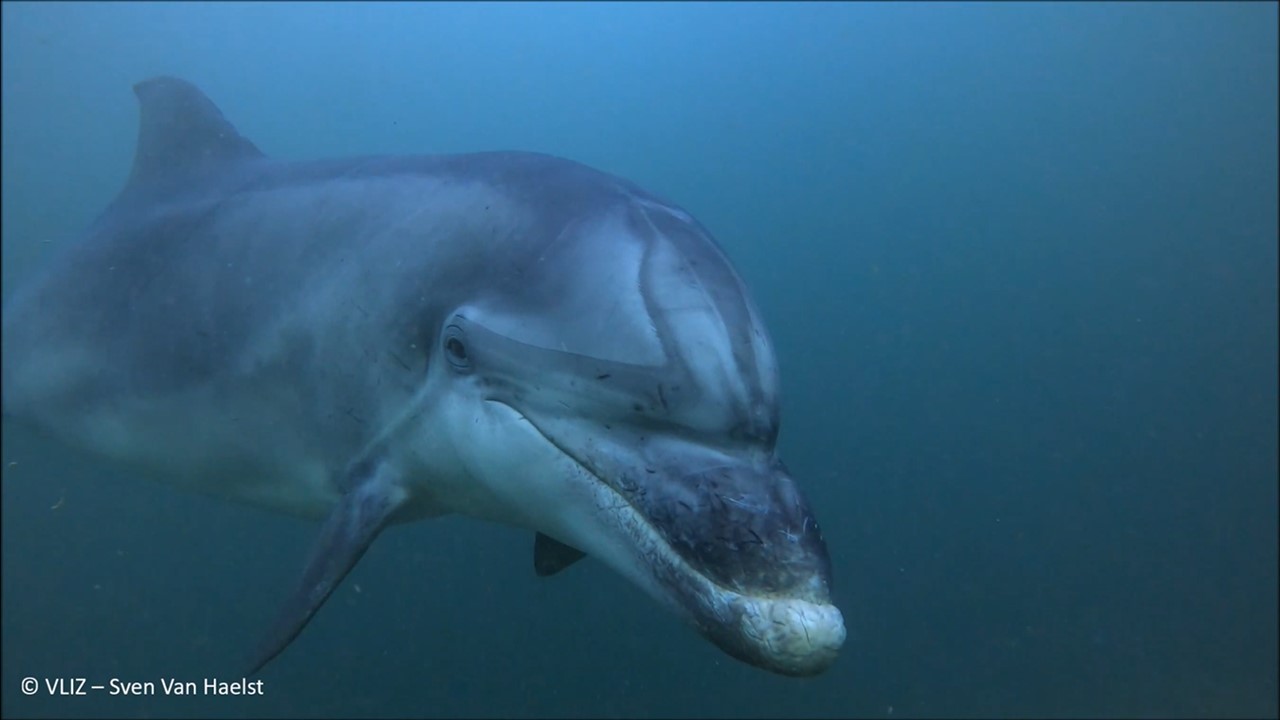
Context of the Scientific Diving Mission on 26 February
The scientific diving team was on site for a maintenance mission of the continuous underwater noise monitoring station on the Westhinder platform, carried out in the framework of the research project JOMOPANS (Joint Monitoring Programme for Ambient Noise in the North Sea, INTERREG). This platform serves primarily as a light beacon, and also plays an important role as a node in the monitoring network of the Flemish Maritime and Coastal Services Agency. For the occasion, the RBINS had rented the 19 m long charter vessel Ephyra, with which the team of three divers could observe the applicable COVID-19 rules for social distance.
These and other joint scientific diving missions are organised within the framework of cooperation between various institutes, universities and government departments in the Scientific Diving Working Group, which is coordinated in Belgium within the Federal Science Policy Office (BELSPO).
Social Distancing from Dolphins
It is not impossible that bottlenose dolphins may be encountered in Belgian waters this summer. We would like to draw your attention to the fact that in such cases it is best to keep a distance from the animals, and let them approach the vessel themselves, rather than actively seeking them out. In the North Sea, too, there have been recent cases of collisions between fast boats and bottlenose dolphins, often with fatal consequences for the animals involved.

